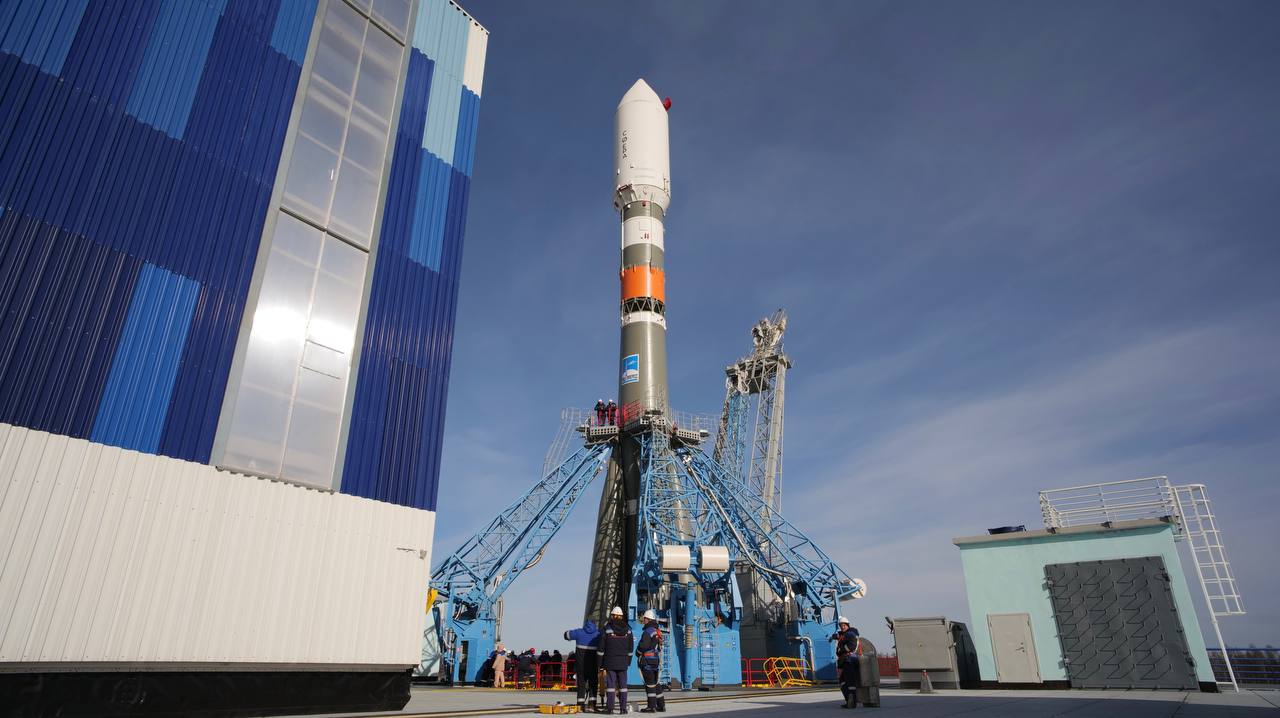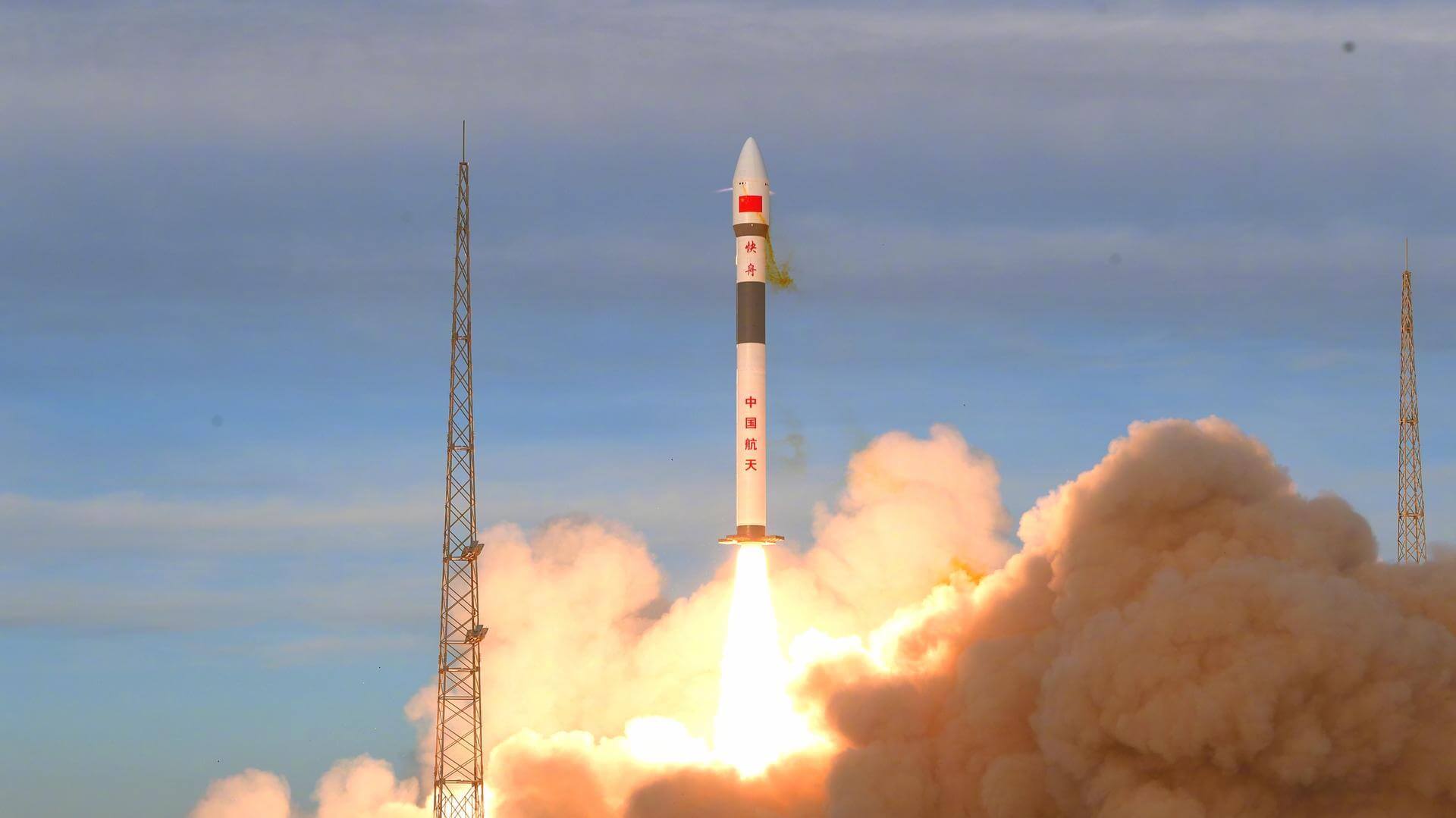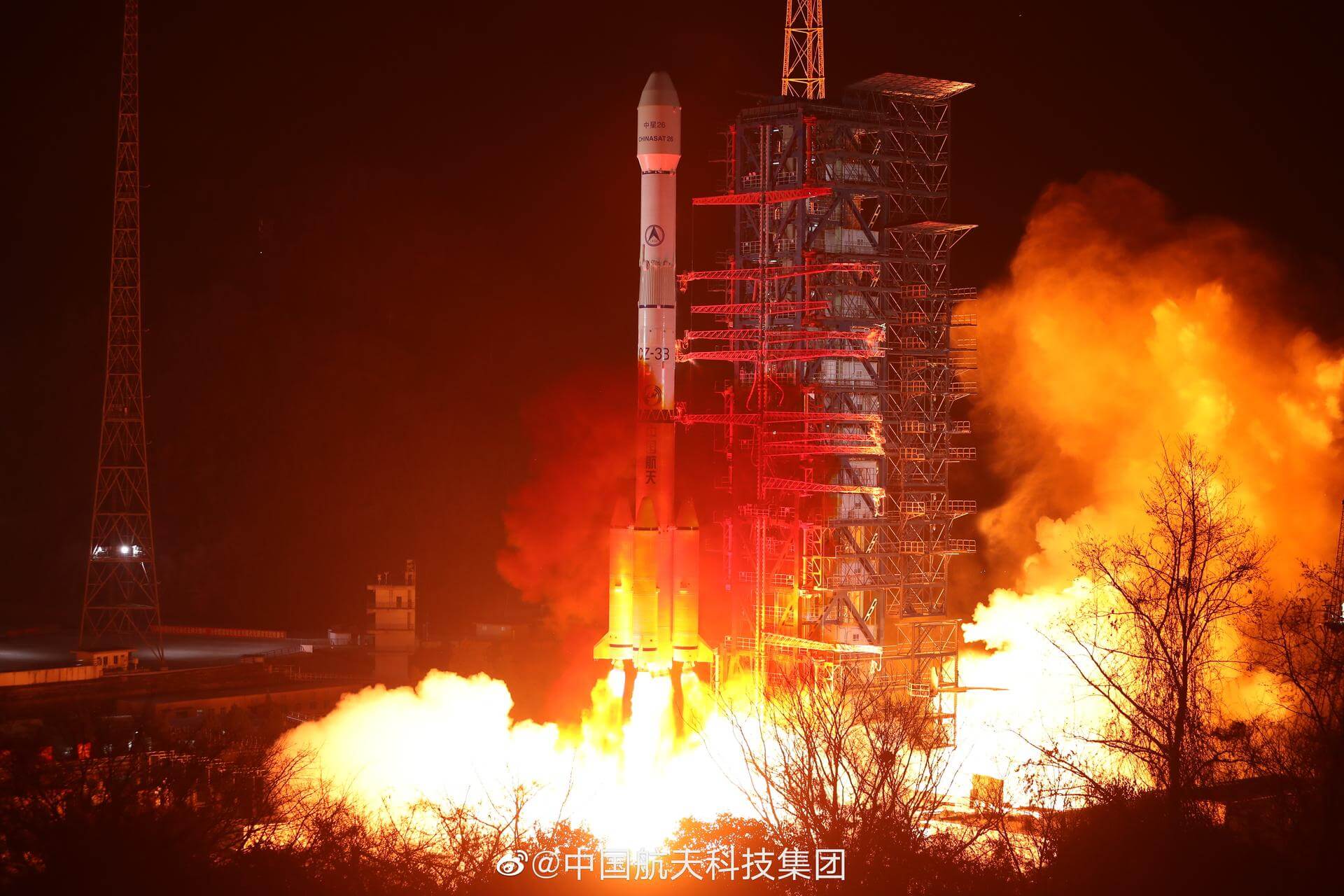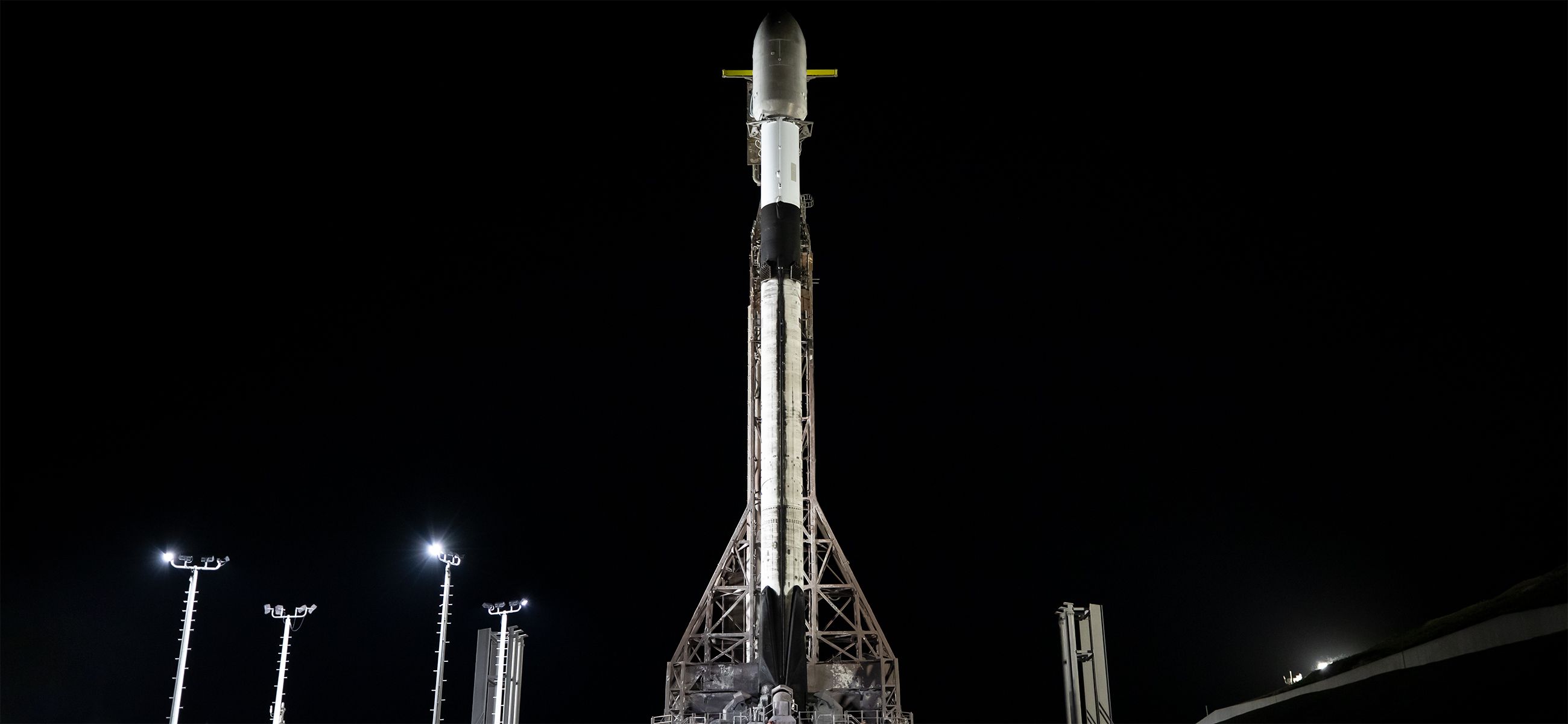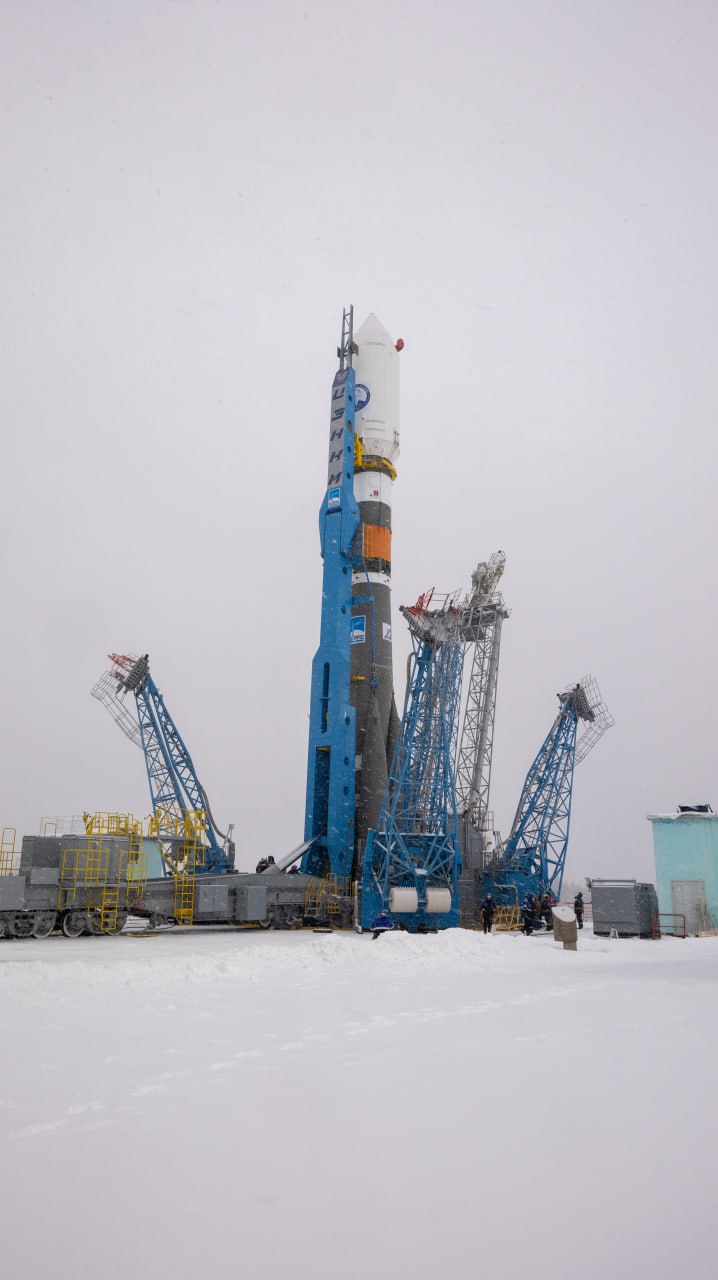Previous Spaceflight Launches
Filter by Agency, Locations or Vehicles
Show All LaunchesFalcon 9 Block 5 | Starlink Group 9-14
SpaceX | United States of AmericaVandenberg SFB, CA, USA
Dec. 5, 2024, 3:05 a.m.
Soyuz 2.1b | Kosmos 2580 (Lotos-S1 #9)
Progress Rocket Space Center | RussiaPlesetsk Cosmodrome, Russian Federation
Dec. 4, 2024, 6:03 p.m.
Falcon 9 Block 5 | Starlink Group 6-70
SpaceX | United States of AmericaCape Canaveral SFS, FL, USA
Dec. 4, 2024, 10:13 a.m.
Kuaizhou 1A | Haishao-1
ExPace | ChinaXichang Satellite Launch Center, People's Republic of China
Dec. 4, 2024, 4:46 a.m.
Long March 3B/E | TJSW-13
China Aerospace Science and Technology Corporation | ChinaXichang Satellite Launch Center, People's Republic of China
Dec. 3, 2024, 5:56 a.m.
Long March 12 | Maiden Flight
China Aerospace Science and Technology Corporation | ChinaWenchang Space Launch Site, People's Republic of China
Nov. 30, 2024, 2:25 p.m.
Falcon 9 Block 5 | NROL-126
SpaceX | United States of AmericaVandenberg SFB, CA, USA
Nov. 30, 2024, 8:10 a.m.
Status: Launch Successful
Mission:
Fifth batch of satellites for a reconnaissance satellite constellation built by SpaceX and Northrop Grumman for the National Reconnaissance Office to provide imaging and other reconnaissance capabilities. 20 of the 22 satellites launched are actually civilian use Starlink satellites.
Low Earth Orbit B1088 - Maiden Flight Of Course I Still Love YouFalcon 9 Block 5 | Starlink Group 6-65
SpaceX | United States of AmericaCape Canaveral SFS, FL, USA
Nov. 30, 2024, 5 a.m.
Soyuz 2.1a/Fregat-M | Kondor-FKA No.2
Progress Rocket Space Center | RussiaVostochny Cosmodrome, Siberia, Russian Federation
Nov. 29, 2024, 9:50 p.m.
Status: Launch Successful
Mission:
The Kondor-FKA is a small civilian radar Earth observation satellite designed by NPO Mashinostroyeniya as a civilian counterpart to the Kondor-E satellite. The Kondor satellite features a S-band synthetic aperture radar (SAR), which can conduct both continous swath surweys or detailed spot surveys. The swath width is 10 km. Ground resolution is 1 to 2 m in spotlight mode, 1 to 3 m in stripmap mode and 5 to 30 m in ScanSAR mode.
Sun-Synchronous OrbitFalcon 9 Block 5 | Starlink Group 6-76
SpaceX | United States of AmericaKennedy Space Center, FL, USA
Nov. 27, 2024, 4:41 a.m.

